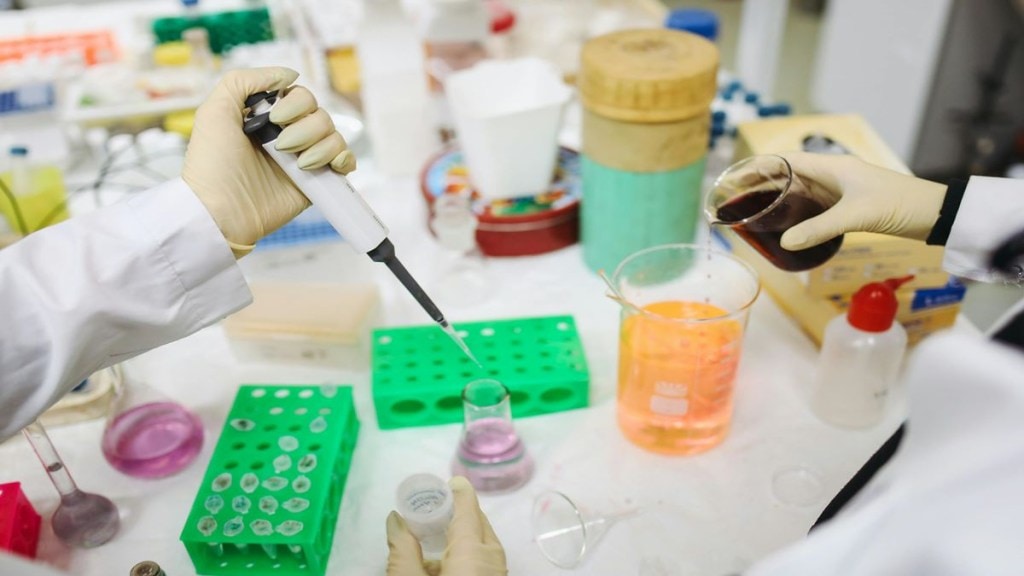As the world continues to reel under the aftermath of the COVID-19 pandemic and new strains, China is now reportedly experimenting with a new Covid-like virus that has a “mortality rate of 100 percent.”
According to media reports, chinese scientists have allegedly made their version of “pangolin coronavirus” which has been found to have 100 percent mortality in mice.
This strain, GX_P2V, is a mutation of GX/2017, a virus initially identified in Malaysian pangolins in 2017. Reportedly, the strain has lethal impact on genetically-modified mice with human-like genetic structures.
The virus targets multiple organs including the brain and led to rapid deterioration in the mice’s condition, culminating to death within eight days.
“SARS-CoV-2-related pangolin coronavirus GX_P2V(short_3UTR) can cause 100% mortality in human ACE2-transgenic mice, potentially attributable to late-stage brain infection. This underscores a spillover risk of GX_P2V into humans and provides a unique model for understanding the pathogenic mechanisms of SARS-CoV-2-related viruses,” wrote the authors.
The pre-print version of the study has been published in bioRxiv, a preprint server for biology, earlier this month.
The study noted elevated viral loads in the mice’s brains and eyes, indicating a unique pattern of multiplication and a potential “spillover risk into humans.” Professor Francois Balloux of University College London took to X (formerly Twitter) and slammed the study as scientifically pointless and potentially risky.
“I had a look at the preprint. It’s a terrible study, scientifically totally pointless. I can see nothing of vague interest that could be learned from force-infecting a weird breed of humanised mice with a random virus. Conversely, I could see how such stuff might go wrong…,” Professor Balloux said.
According to media reports, GX_P2V was originally discovered in 2017 in pangolins in Malaysia and stored in a Beijing lab, where it evolved. Moreover, the study does not specify when the research was conducted, leaving uncertainties about potential mutations during storage.
According to Daily Mail, high viral loads were detected in various organs, including the brain, lungs, noses, eyes, and windpipes, suggesting a unique infection pattern compared to COVID-19. In the days before their deaths, the mice had quickly lost weight, exhibited a hunched posture, and moved extremely slowly and their eyes turned completely white the day before they died.
The study also emphasised that the potential spillover risk of GX_P2V into humans and raises questions about the biosafety measures employed during the research. However, the results of the study do not indicate how it would affect human beings. Nonetheless, the study has raised concerns among the scientific community.
“This madness must be stopped before too late,” posted Dr. Gennadi Glinsky, a retired professor.
Although the study is not related to China’s infamous Wuhan Institute of Virology (WIV) which became the centre of controversies around COVID-19’s origin during the pandemic, it raises questions about doing risky experiments with viruses. The origin of COVID-19 is still unclear.








